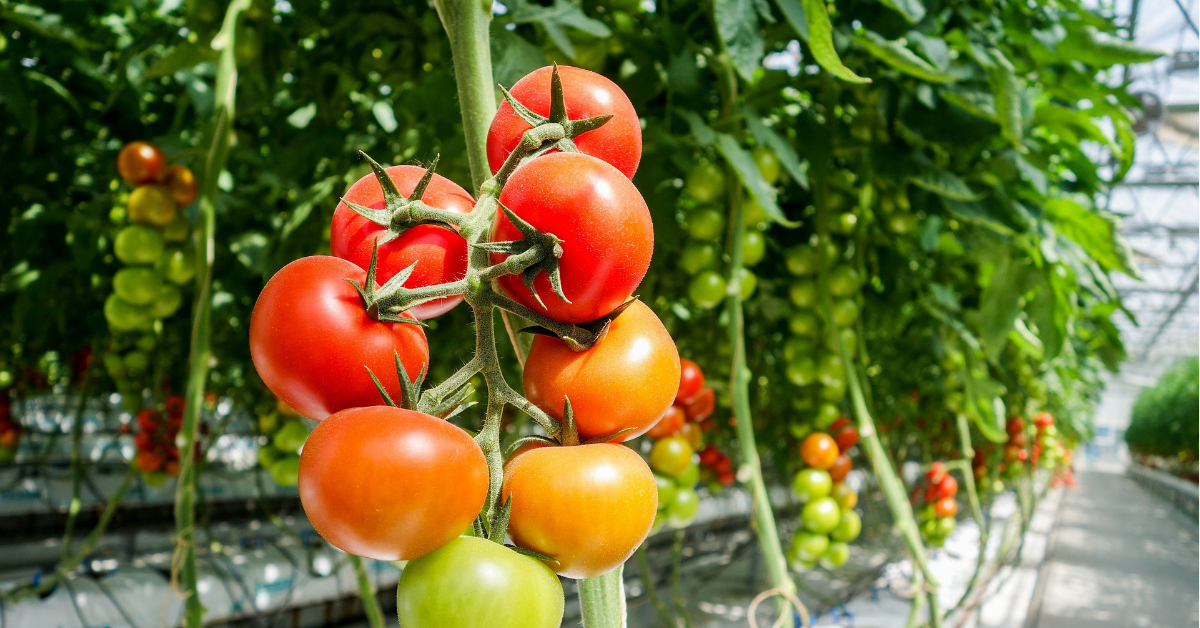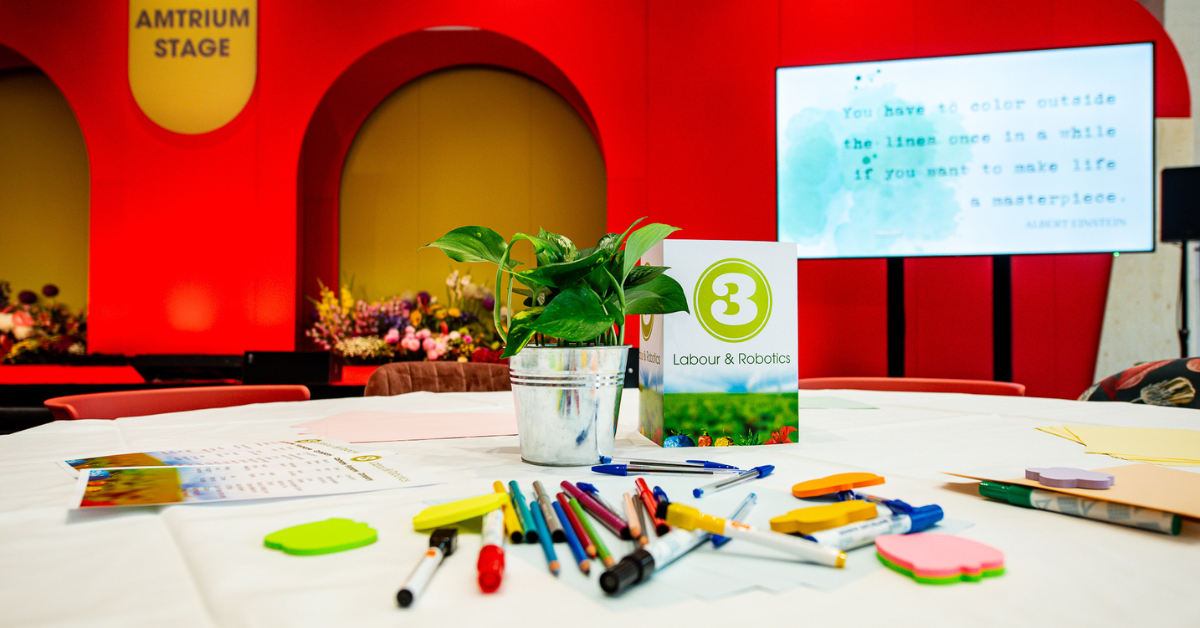Smart farming: are drones becoming mainstream?
UAS, although still in the early stage of adoption and usage, are rapidly growing in popularity in the horticulture scene. The benefits of drones in agriculture are becoming more apparent to farmers and RPAS are proving to be extremely beneficial in precision farming, crop dusting and mapping and detection of inconsistencies in the field.
Making leaps in efficient farming
Greentech currently sees drones being used for pest and disease control and detection, irrigation monitoring, identifying planting flaws, maintain plant vigour and inspecting the structural integrity of the growing areas. Drones enable that farmers make leaps in efficiency and effectiveness through using drones for regular check-ups on the development of the crop, capturing images and analyzing them in chronological order. This means that managers and work floor staff are able to target specific problem areas and attack them head on; without needing to check every crop to find an issue.
Monetizing drone-captured Big Data
Sky monitoring as a practice to support agriculture is already in place in several countries. The data that comes from this can become valuable in the long term, it can yield new business models which will have a greater impact than direct agricultural-related insights and less accurate data. For example the possibility to place all data in a central geographic information system (GIS). In time this data can be used for monitoring agricultural tasks, similar to autonomous fleet management.Author: Carmen Ferrari
Share your horticulture technology stories with us
Do you have an innovation, research results or an other interesting topic you would like to share with the international horticulture technology industry? The GreenTech website and social media channels are a great platform to showcase your stories!
Please contact our Brand Marketing Manager Murkje Koopmans.
Are you an GreenTech exhibitor?
Make sure you add your latest press releases to your Company Profile in the Exhibitor Portal for free exposure.
Have exclusive horticulture technology news delivered to your inbox
The GreenTech monthly newsletter brings you the latest exclusive horticulture technology news and updates about our global horticulture technology trade shows and events.
Join over 32,000 of your peers and receive:
☑ Exclusive commentary from industry leaders
☑ The latest news from the GreenTech team
☑ Stay up to date with all the latest news about our events






